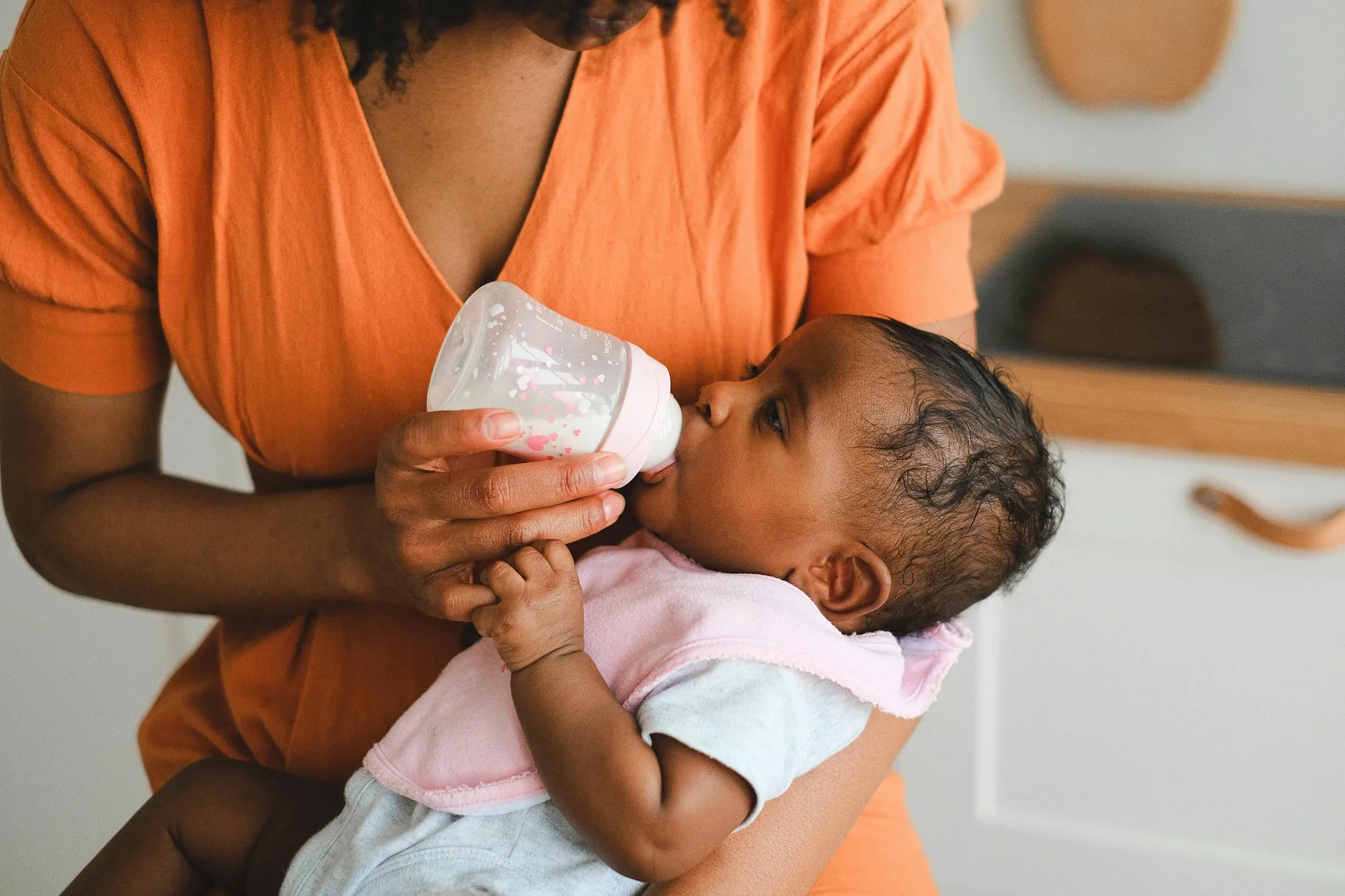Inicio
Pregnancy, Breastfeeding, and Pumping: The Ultimate Guide for Moms
How to Sterilize Avent Manual Breast Pump: A Comprehensive Guide

How to Sterilize Avent Manual Breast Pump: A Comprehensive Guide
Ensuring the cleanliness of your breast pump is crucial for your baby's health. Sterilizing your Avent manual breast pump is a straightforward process that can be done at home with minimal effort. This guide will walk you through each step to ensure your pump is safe and ready for use.
Why Sterilization is Important
Sterilization eliminates harmful bacteria and germs that can accumulate on your breast pump. This is especially important for newborns who have developing immune systems. Regular sterilization helps prevent infections and ensures that your baby receives clean, safe milk.
What You'll Need
Before you begin, gather the following items:
- Clean, soapy water
- A large pot
- Tongs or a clean spoon
- A clean, dry towel
- Sterilizing tablets or solution (optional)
Step-by-Step Sterilization Process
Step 1: Disassemble the Pump
Start by taking apart your Avent manual breast pump. Separate all components, including the breast shield, valve, and bottle. This ensures that every part is thoroughly cleaned and sterilized.
Step 2: Wash with Soapy Water
Wash each part with warm, soapy water. Use a bottle brush to reach crevices and ensure all milk residue is removed. Rinse thoroughly under running water to remove any soap traces.
Step 3: Boil the Components
Fill a large pot with water and bring it to a boil. Place the disassembled parts into the boiling water. Ensure all parts are fully submerged. Boil for at least 5 minutes to kill any remaining bacteria.
Step 4: Remove and Dry
Using tongs or a clean spoon, carefully remove the parts from the boiling water. Place them on a clean, dry towel and allow them to air dry completely. Avoid using a cloth to dry the parts, as it can introduce new bacteria.
Step 5: Optional Sterilizing Solution
If you prefer, you can use sterilizing tablets or a solution. Follow the manufacturer's instructions for the correct dilution and soaking time. This method is particularly useful if you don't have access to a stove or prefer not to boil the parts.
Storage Tips
Once your Avent manual breast pump is sterilized and dry, store it in a clean, dry place. Use a sterilized container or a clean plastic bag to keep the parts protected from dust and bacteria. Ensure the storage area is free from moisture to prevent mold growth.
Frequency of Sterilization
It's recommended to sterilize your breast pump after every use, especially if your baby is under three months old. For older babies, daily sterilization may suffice, but always ensure the pump is thoroughly cleaned after each use.
Common Mistakes to Avoid
Avoid using abrasive cleaners or brushes that can damage the pump's components. Never skip the rinsing step, as soap residue can be harmful. Ensure all parts are completely dry before storage to prevent bacterial growth.
Alternative Sterilization Methods
If boiling isn't an option, consider using a microwave steam sterilizer or an electric sterilizer. These devices are convenient and effective, but always follow the manufacturer's instructions to ensure proper use.
Final Thoughts
Sterilizing your Avent manual breast pump is an essential part of maintaining your baby's health. By following these steps, you can ensure that your pump is clean, safe, and ready for use. Regular sterilization not only protects your baby but also extends the life of your breast pump.
Compartir

